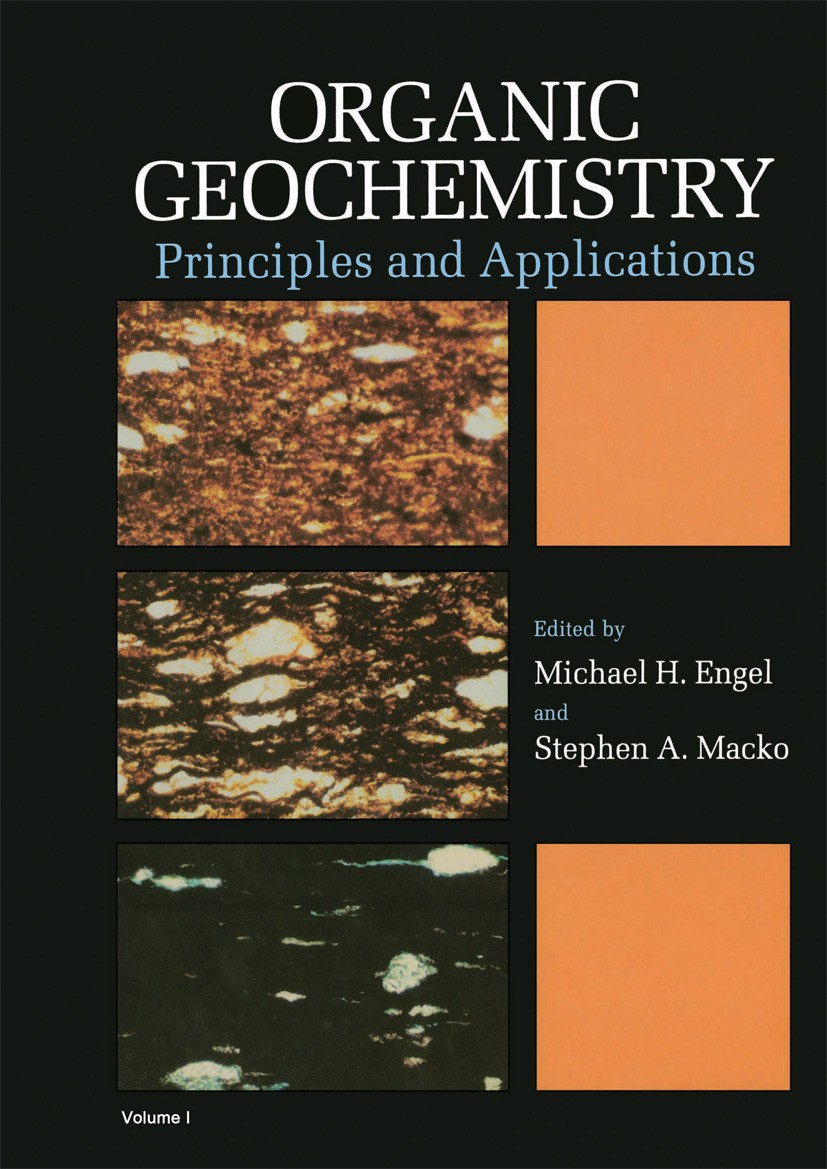Generation of carbazoles in Type II-S source rocks: Experimental analysis for kinetic parameters estimation
IF 2.5
3区 地球科学
Q2 GEOCHEMISTRY & GEOPHYSICS
引用次数: 0
Abstract
Carbazoles are nitrogen-based aromatic compounds generated from kerogen alongside main oil components and were used in many studies to constrain long migration distances and filling sequences of reservoirs. These compounds have great potential to be used in constraining migration in basin models due to their tendency to selectively change their composition along the migration path. To simulate their generation, a set of kinetic parameters are desired for compound characterization within the basin simulators. This study investigates the generation of carbazoles in Type II-S source rocks through hydrous pyrolysis experiments performed between 275–360 °C, and estimates the kinetic parameters based on the measured composition of pyrolysis products in both expelled and extracted fractions. Up to 870 ppm carbazole concentration was observed in extracted fluids with an average of 27 ppm and up to 70 ppm in expelled fluids but with a much lower average of 3 ppm. Comparing the carbazole yields in the extracted and expelled fractions leads to the conclusion that the bitumen fraction likely represents a primary step in producing carbazoles within the source rock. The kinetic parameters, in the form of activation energy varied between 40 and 70 kcal/mol for the generation process and 50–300 kcal/mol for degradation. Numeric simulations, using the kinetic parameters determined and a generic thermal history for the Arabian Basin, show a differential evolution of each compound that leads to a variation of composition in generated fluids. When compared with field measurements, the modeled composition can be an invaluable tool to constrain petroleum system models.
II-S型烃源岩中咔唑的生成:动力学参数估计的实验分析
咔唑是由干酪根与主要油组分一起生成的氮基芳香族化合物,在许多研究中用于限制油藏的长距离运移距离和充填顺序。这些化合物具有沿运移路径选择性改变其组成的趋势,因此具有很大的潜力用于限制盆地模型中的运移。为了模拟它们的生成,需要一组动力学参数来在盆地模拟器中进行复合表征。本研究通过275-360°C的加水热解实验,研究II-S型烃源岩中咔唑的生成,并根据热解产物的测定组分和萃取组分估算动力学参数。在萃取液中观察到高达870 ppm的咔唑浓度,平均为27 ppm,在排出液中高达70 ppm,但平均为3 ppm,要低得多。通过比较提取和排出馏分中咔唑的产率可以得出结论,沥青馏分可能代表了烃源岩中咔唑生成的第一步。生成过程的动力学参数为40 ~ 70 kcal/mol,降解过程的动力学参数为50 ~ 300 kcal/mol。利用确定的动力学参数和阿拉伯盆地的一般热历史进行的数值模拟显示,每种化合物的不同演化导致了生成流体成分的变化。当与现场测量相比较时,模拟的成分可以成为约束石油系统模型的宝贵工具。
本文章由计算机程序翻译,如有差异,请以英文原文为准。
求助全文
约1分钟内获得全文
求助全文
来源期刊

Organic Geochemistry
地学-地球化学与地球物理
CiteScore
5.50
自引率
6.70%
发文量
100
审稿时长
61 days
期刊介绍:
Organic Geochemistry serves as the only dedicated medium for the publication of peer-reviewed research on all phases of geochemistry in which organic compounds play a major role. The Editors welcome contributions covering a wide spectrum of subjects in the geosciences broadly based on organic chemistry (including molecular and isotopic geochemistry), and involving geology, biogeochemistry, environmental geochemistry, chemical oceanography and hydrology.
The scope of the journal includes research involving petroleum (including natural gas), coal, organic matter in the aqueous environment and recent sediments, organic-rich rocks and soils and the role of organics in the geochemical cycling of the elements.
Sedimentological, paleontological and organic petrographic studies will also be considered for publication, provided that they are geochemically oriented. Papers cover the full range of research activities in organic geochemistry, and include comprehensive review articles, technical communications, discussion/reply correspondence and short technical notes. Peer-reviews organised through three Chief Editors and a staff of Associate Editors, are conducted by well known, respected scientists from academia, government and industry. The journal also publishes reviews of books, announcements of important conferences and meetings and other matters of direct interest to the organic geochemical community.
 求助内容:
求助内容: 应助结果提醒方式:
应助结果提醒方式:


